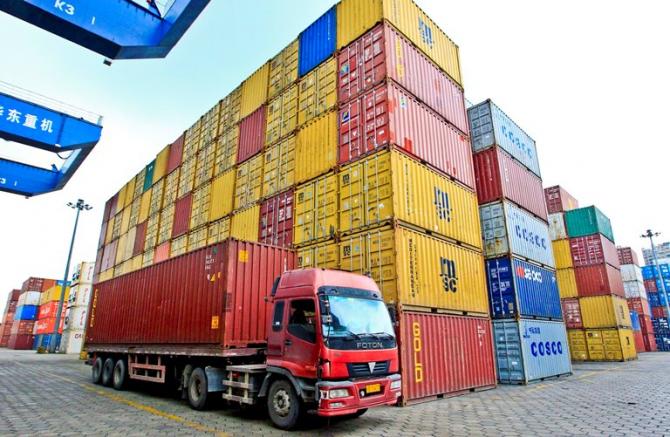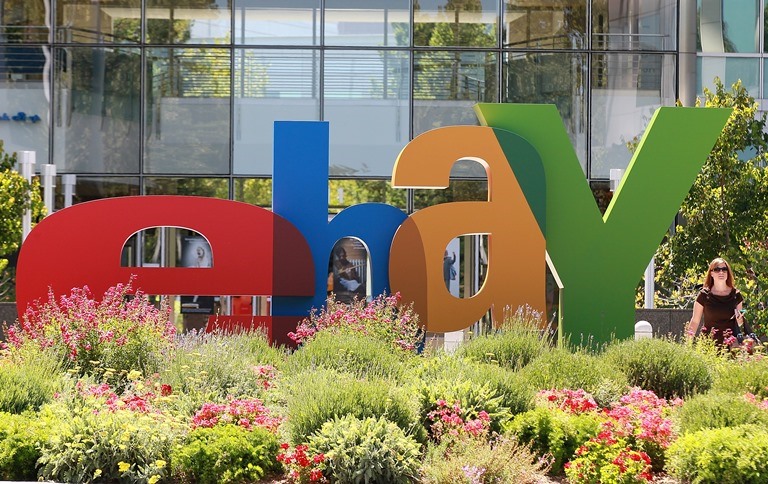
The benefits of investing in Mexico are well known. A hypothetical manufacturer weighing whether to relocate production capacity there would see that hourly wage rates are about one-fifth of what they are in the US, while capital expenditures related to building facilities are typically 10 percent lower than in the US or Canada. Depending on the company’s product mix, there can be other advantages as well. Products best suited for production in Mexico are those with the highest level of direct and indirect labor content. They are made from basic materials that can be easily sourced in Mexico. And because those materials have to travel long distances to market, they are typically nonperishable (to avoid the cost of refrigerated trucks) and have a high value-to-weight ratio.

Even if those considerations support a positive investment conclusion, however, a number of hidden costs complicate a more thorough analysis. Mexico’s lack of federal and provincial tax breaks, for instance, can add 1 percent to investment costs up front. The lower productivity of Mexican hourly workers, coupled with a lack of automation, means a company might have to boost staffing levels 25 percent, erasing some of the labor-cost advantage.
Transporting goods in Mexico is also a problem. Gaps in road and rail connections require shipments to travel extra distances that will eat into margins. And while Mexican trucks entering the US no longer have to switch drivers and cabs, as they did until 2011, they do have to buy US insurance at the highest possible rate. Then there’s safety. High crime rates in Mexico might require the investing company to take extraordinary measures to safeguard building assets as well as goods in transit putting armed guards on all trucks, for instance. Security measures alone can boost fixed costs by as much as 7 percent per year.
Clearly, many companies have profitable operations in Mexico and it might make sense for our hypothetical manufacturer to establish a beachhead there as well. But the key to any such decision is to take a full accounting of all the relevant cost inputs, while extrapolating the consequences of supply chain inefficiencies: will delays force a company to stockpile buffer inventories, which tie up working capital and add to direct costs such as warehousing? If so, what risks follow in the form of depreciation, spoilage or production bottlenecks?







%20resized.png)
